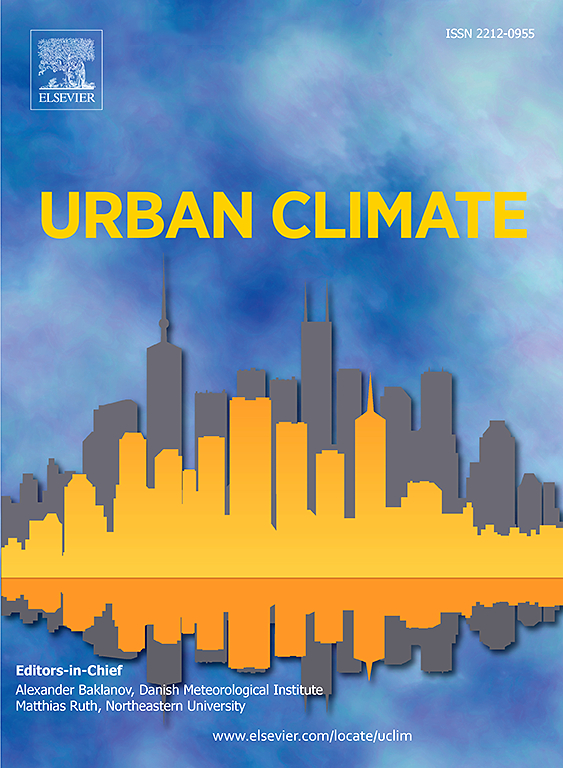Association between climate variability and injury-causing road traffic accidents in Singapore – A time-stratified case-crossover study
IF 6
2区 工程技术
Q1 ENVIRONMENTAL SCIENCES
引用次数: 0
Abstract
Introduction
Studies examining the association between weather exposures and the likelihood of road traffic accidents (RTAs) have widely been conducted in temperate settings. However, evidence on such associations in tropical urban settings where the climate differs is limited.
Methods
National level data on road locations with injury-causing RTAs in Singapore was obtained. We linked the accident data to weather exposure measures from the nearest weather station. We used a time-stratified, case-crossover analytical study design, the Distributed Lag Non-Linear Modelling framework and conditional logistic regression to assess the association between weather exposures and the odds of injury-causing traffic accidents on roads.
Results
There were 42,989 injury-causing RTAs from January-2016 to November-2021. Cool temperatures (adjusted OR25°C: 1.087, 95 % CI: 1.023 to 1.156) and higher rainfall (adjusted OR38mm: 1.168, 95 % CI: 1.129 to 1.208) were positively associated with increased odds of injury-causing traffic accidents. These effects were greater on expressways compared to normal roads, suggesting potential effect modification by road type.
Conclusion
Lower ambient temperature and higher rainfall were positively associated with injury-causing RTAs in Singapore. Prevention measures ought to be timed with anticipated cooler and wetter days to maximise their uptake and effectiveness among motorists, especially those who use expressways frequently.

新加坡气候变率与致伤道路交通事故之间的关系——一项时间分层案例交叉研究
关于天气暴露与道路交通事故可能性之间关系的研究已在温带环境中广泛开展。然而,在气候不同的热带城市环境中,这种关联的证据有限。
本文章由计算机程序翻译,如有差异,请以英文原文为准。
求助全文
约1分钟内获得全文
求助全文
来源期刊

Urban Climate
Social Sciences-Urban Studies
CiteScore
9.70
自引率
9.40%
发文量
286
期刊介绍:
Urban Climate serves the scientific and decision making communities with the publication of research on theory, science and applications relevant to understanding urban climatic conditions and change in relation to their geography and to demographic, socioeconomic, institutional, technological and environmental dynamics and global change. Targeted towards both disciplinary and interdisciplinary audiences, this journal publishes original research papers, comprehensive review articles, book reviews, and short communications on topics including, but not limited to, the following:
Urban meteorology and climate[...]
Urban environmental pollution[...]
Adaptation to global change[...]
Urban economic and social issues[...]
Research Approaches[...]
 求助内容:
求助内容: 应助结果提醒方式:
应助结果提醒方式:


